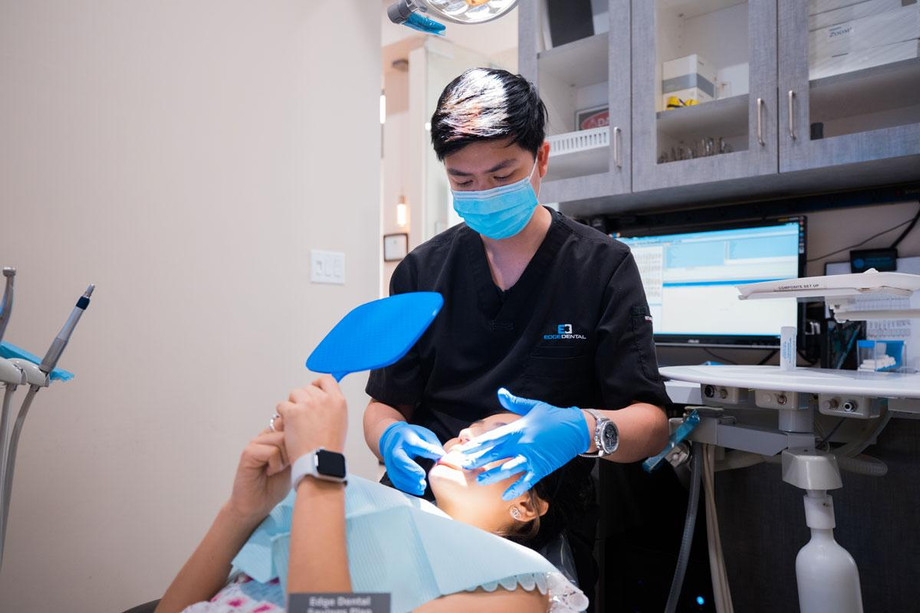What Are the Steps in Filling a Tooth?
The dentist uses local anesthesia to numb the area around the tooth that needs Dental Fillings Houston. A laser, drill, or air abrasion tool will be employed to remove the decaying area. Your dentist's comfort level, training, and investment in the specific piece of equipment and the study help ease the treatment. The cost of treatment may depend upon the location and severity of the decay, influencing the instrument choice.
They will clean the cavity of bacteria and debris after removing the decay to prepare the area for Tooth Filling Houston. Your dentist will next evaluate the area to see if all of the decay has been removed. They might initially place a liner made of glass ionomer, composite resin, or another material to protect the nerve if the decay is close to the root. After placing the filling, your dentist will often polish and complete it.
The following additional steps are necessary for tooth-colored fillings. The tooth-colored material is put in layers after the decay has been removed and your dentist has cleansed the area. Then each layer is exposed to a specific light that "cures" or hardens it. After completing the multilayering procedure, the dentist will mold the composite material to produce the desired outcome. Polish the finished restoration after trimming away any extra material.
Which Filling Materials Are Available in What Forms?
There are numerous dental filling materials available today. Gold, porcelain, silver amalgam (mercury combined with silver, tin, zinc, and copper), tooth-colored plastic, and Composite Dental Fillings are all options for filling teeth. Another substance, called glass ionomer, also contains glass particles. Similar to how composite resin fillings are used, this substance is utilized.
The filling material's cost depends on the decay's location and severity. And The advice of your dentist can help you choose Cavity Filling Houston, which is ideal for you.
Does Dental Insurance cover Composites?
Most dental insurance policies only pay for composite fillings up to the cost of a silver filling; any additional costs may need to be covered by the patient.
What are indirect fillings?
Indirect fillings are comparable to composite or tooth-colored fillings, except that they are created in a dental laboratory and must be inserted over two visits. When there is not enough dental structure to sustain a filling, but the tooth is not so severely injured that it can't be restored, indirect fillings and Tooth Colored Fillings are an option.
A crown is necessary.
Debris or an outdated filling is taken out during the initial visit. An impression is obtained to capture the surface of the tooth that is being fixed and the teeth around it. A dental lab that will create the indirect filling receives the imprint. The tooth is covered with a temporary filling while the restoration is created. The temporary filling is taken out during the second appointment, and the dentist will assess the indirect restoration's fit. It will be firmly anchored into place if the fit is satisfactory.
Conclusion
Suppose you have a gap or chipped tooth. In that case, you should consider visiting a dentist to learn the proper treatment and diagnosis for the issue.
Article Source : https://www.ihealthytips.com/what-are-the-steps-in-filling-a-tooth/


Comments
Post a Comment